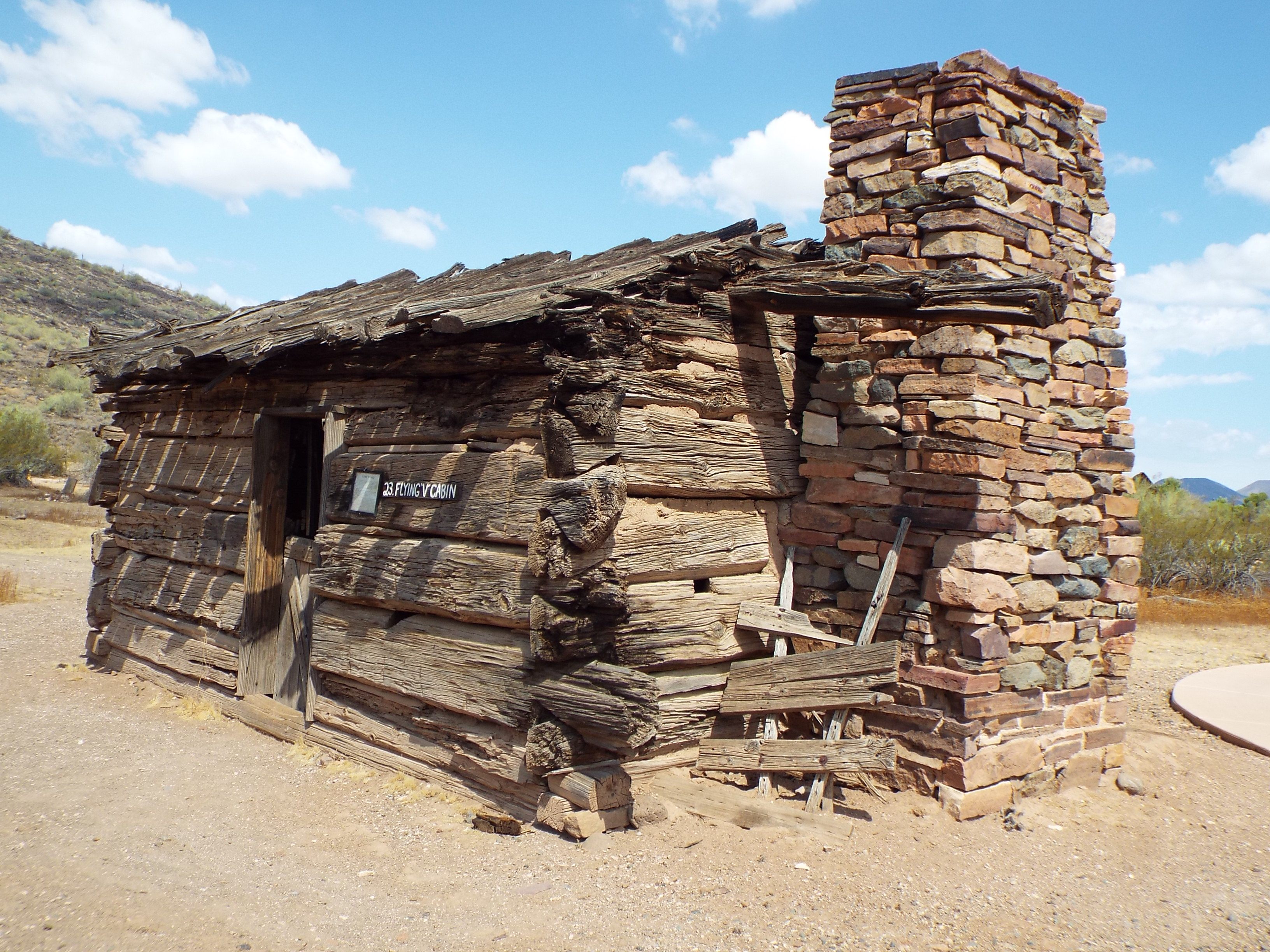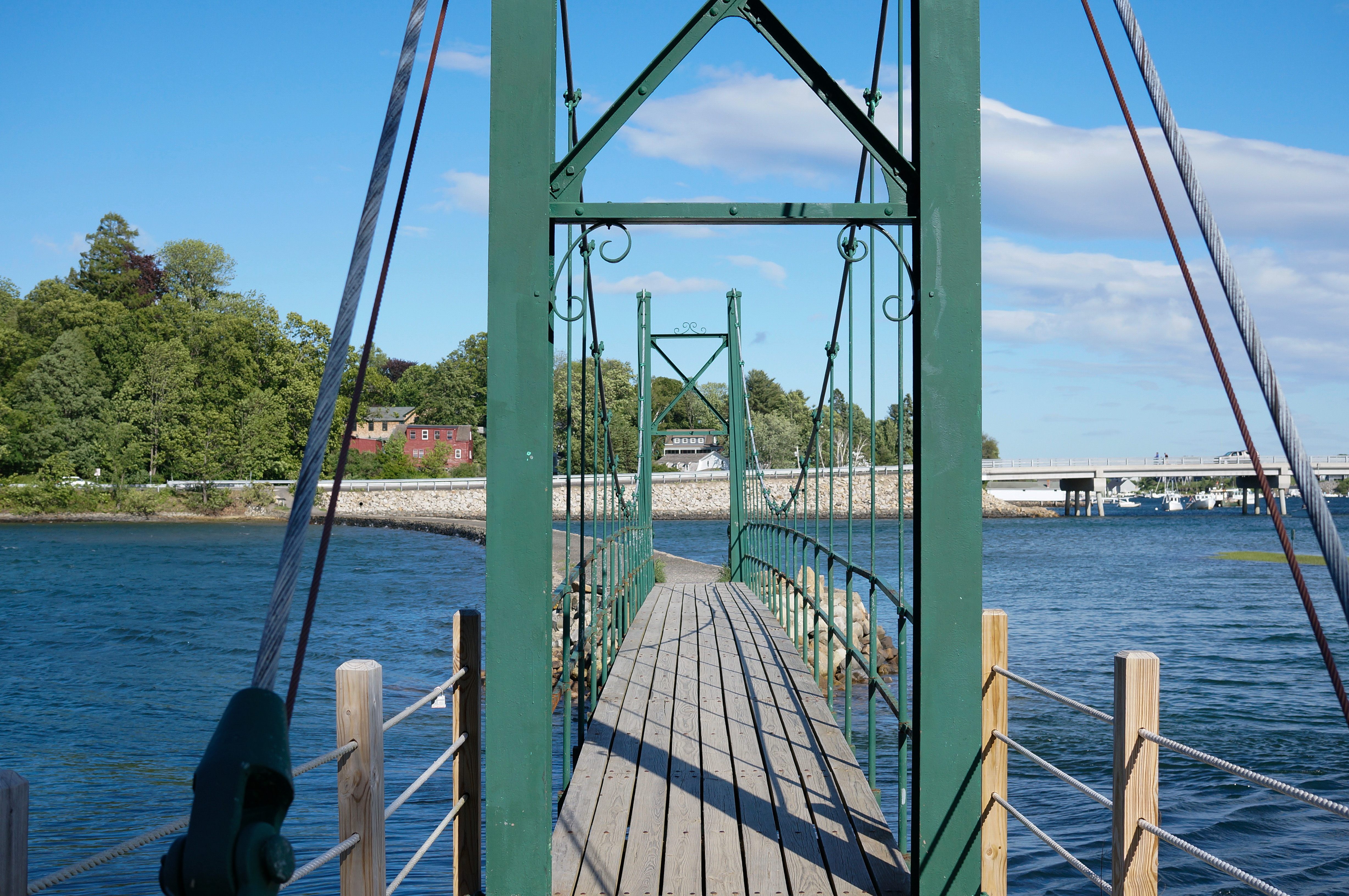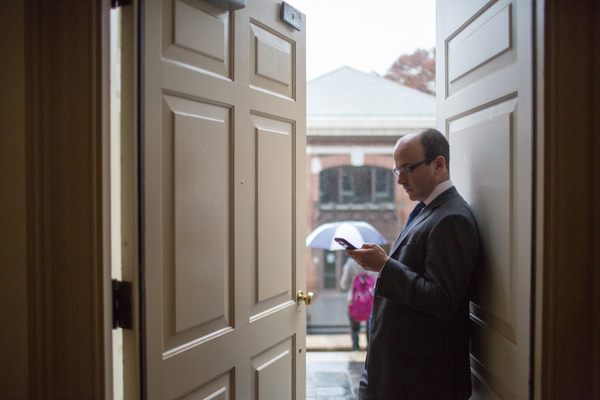The Most Curious and Fascinating Places We Came Across This Week
A martyrs’ crypt, the Museum of Broken Relationships, and other wow-worthy additions to the Atlas.
A view of Opus 40 from the eastern edge of the quarry. (Photo: Blake Olmstead/Atlas Obscura)
Every day our community of travelers and writers unearths fascinating places from the hidden corners of the world and adds them to the Atlas, helping to build our collaborative database of over 9,000 hidden wonders. And while each and every place is worth a wander off the beaten path, some stand above the fray as particularly extraordinary. These seven unusual locales are some of the most curious and enticing places we came across this week.
The Flying “V” Cabin
PHOENIX, ARIZONA

(Photo: Marine 69-71/CC BY-SA 4.0)
The Flying “V” Cabin, built in 1880, seems to lack windows, but on closer inspection you see that there are small slits throughout the walls. These were not designed to let sunlight in, but to let gunfire out. In place of windows there are gun ports.
This rustic cabin was once home to John D. Tewksbury, patriarch of the bloodiest family feud in American history. Whether you call it the Pleasant Valley War or the Tewksbury-Graham Feud, the resident of that small cabin was at the center of a family war that lasted six years and had the largest death toll of any family feud in US history. By the end of the battle nearly every male in both families was dead.
Hans Island
DENMARK AND CANADA

Hans Island, in the Nares Strait near Greenland. (Photo: NASA/Public Domain)
Hans Island is a small, uninhabited, barren rock in the Arctic with no known reserves of oil or natural gas. Yet there is an very odd, ongoing territorial dispute between Denmark and Canada over who owns this little rock. To lay claim to Hans Island, the Canadians and Danes take turns placing their flags on it, a curious practice that has been going on since the 1980s. Making matters more odd, when the flag on the island is periodically changed, so is a bottle of liquor: the Canadians leave a bottle of Canadian Club and the Danes deposit a bottle of schnapps.
Oliver Miller Homestead
SOUTH PARK TOWNSHIP, PENNSYLVANIA

(Photo: Atlas Obscura user Thomas Harper)
The first shots of the Whiskey Rebellion were fired (and not drunk) here at the Oliver Miller Homestead south of Pittsburgh. In western Pennsylvania in the late 1700s, many farmers would use their surplus grain to make whiskey, and the spirit would often be used as currency. An estimated one in six farmers owned a still.
Many of these farmers were also veterans of the Revolutionary War, so when a federal tax on whiskey was announced in 1794, seemingly violating the principles that they fought for, the Whiskey Rebellion began to take shape. President George Washington would eventually personally lead a force of over 12,000 soldiers to quell the rebellion.
Crypt Beneath St. Joseph des Carmes
PARIS, FRANCE

The monument to the Martyrs of September at St. Sulpice. (Photo: Allison Meier/Atlas Obscura)
There’s at least one place in Paris where the violence of the French Revolution is still palpable: the crypt beneath St. Joseph des Carmes, a Roman Catholic church. There you can see the battered remains and bloodstains of some lesser-known victims of The Reign of Terror, a group collectively known as the martyrs of September.
The martyrs were a group of priests, seminarians, bishops, and, most famously, the Archbishop of Arles. They were rounded up by a mob of sans-culottes and imprisoned in the convent near St. Joseph’s after refusing to take an oath that undermined papal authority. The mob’s punishment for this transgression was quick and especially brutal. Today, some of the recovered bones of the martyrs are on display in the church crypt. Many still have the obvious marks of swords and pikes. Some skulls sit in niches, while others are stacked in a cabinet above the epitaph, “Having preferred death to violating the holy law of God, they were massacred.”
Museum of Broken Relationships
LOS ANGELES, CALIFORNIA

(Photo courtesy of Museum of Broken Relationships Los Angeles)
One part melancholy, one part cathartic, this museum is dedicated to housing the runoff of broken relationships. The concept is simple: if your heart has been broken and you are left with reminders of your lover too precious to throw away but too painful to keep, send them in to the museum with a brief description. The collection offers a tender look at the intimacy of others.
Wiggly Bridge
YORK, MAINE

(Photo: Atlas Obscura user Amandabears5000)
True to its name, this bouncy walkway may be the world’s smallest suspension bridge. The steel structure juts out of the landscape with an arced wooden deck spanning a mere 75 feet between two petite green towers. When walked upon, the deck bounces and flexes, banging back and forth in the anchorages.
Opus 40
SAUGERTIES, NEW YORK

A view of Opus 40’s central nine-ton monolith. (Photo: Blake Olmstead/Atlas Obscura)
In 1938, artist and sculptor Harvey Fite purchased a quarry as a source of stone to use in his own work. Inspired by the Mayans, he used the heaps of stone in his own quarry to create an outdoor gallery in which to showcase his own sculptures.
Over 20 years after starting his work on Opus 40, Fite realized that the scale of his stone landscape had begun to overwhelm his smaller sculptures and that the landscape had become a sculpture in its own right. Fite continued to refine, rebuild, and extend his earthwork, eventually installing the stately nine-ton, monolith at the work’s highest point. In the 1970s he finally gave a name to his masterwork. Due to his expectation that he would need 40 years to complete the work, it become known as Opus 40.












Follow us on Twitter to get the latest on the world's hidden wonders.
Like us on Facebook to get the latest on the world's hidden wonders.
Follow us on Twitter Like us on Facebook